





I normally teach High Schoolers so when asked to sub teach the 3rd and 4th graders and then the teacher told me her class would be doing "owl pellets" I thought "oookay..."...
I had to start reading on "owls..". It was fascinating.
I had to start reading on "owls..". It was fascinating.
I brought in my latex gloves in case I had any kids who freaked at the thought of touching
the pellets and as you see at first they did but not for long. All 3 (several were absent due
to "flu") got to do two pellets each. And they REALLY got into it. An owl pellet is the regurgitated remains of the owl's meal. It is what is NOT used by the owl - i.e. the fur/feathers
and bones of whatever the bird ate last. (What I purchased - and since *I* do the purchasing
for our school I bought these! - were sterilized. Some you can buy are not so buyer beware.
Frankly if I were dissecting unsterilized pellets I do think I might wear gloves. I am paranoid
like that.). We found LOTS of bones (see photo of plate - that is from 6 pellets.).
I had charts of bones and had the children try to match up bones and it was obvious most were
mice bones but at least one matched perfected with a shrew.
I also read them a story on owls and we talked about the many types of owls (19 in the U.S. -
over 150 worldwide). They have 14 neck bones so they can turn their necks almost all the way
around (but not completely). Their eyes are loaded with rods so they see very well at night - so they hunt at night. Their feathers are coated with a special oil so they can fly almost completely
silently - the mice never hear them coming. I learned as much - no, more, than the children
did!

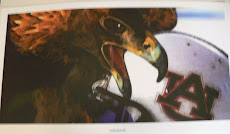.jpg)
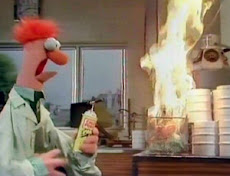
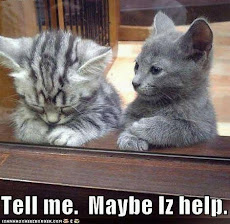



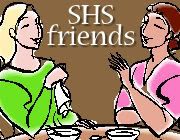
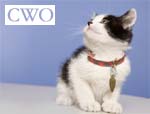

2 comments:
Must admit I enjoy dissecting owl pellets!
I'm with Jodi - I love doing owl pellets. I'm hoping to convince our local natural history museum to do a class for us on owls including owl pellets! ;-)
Post a Comment